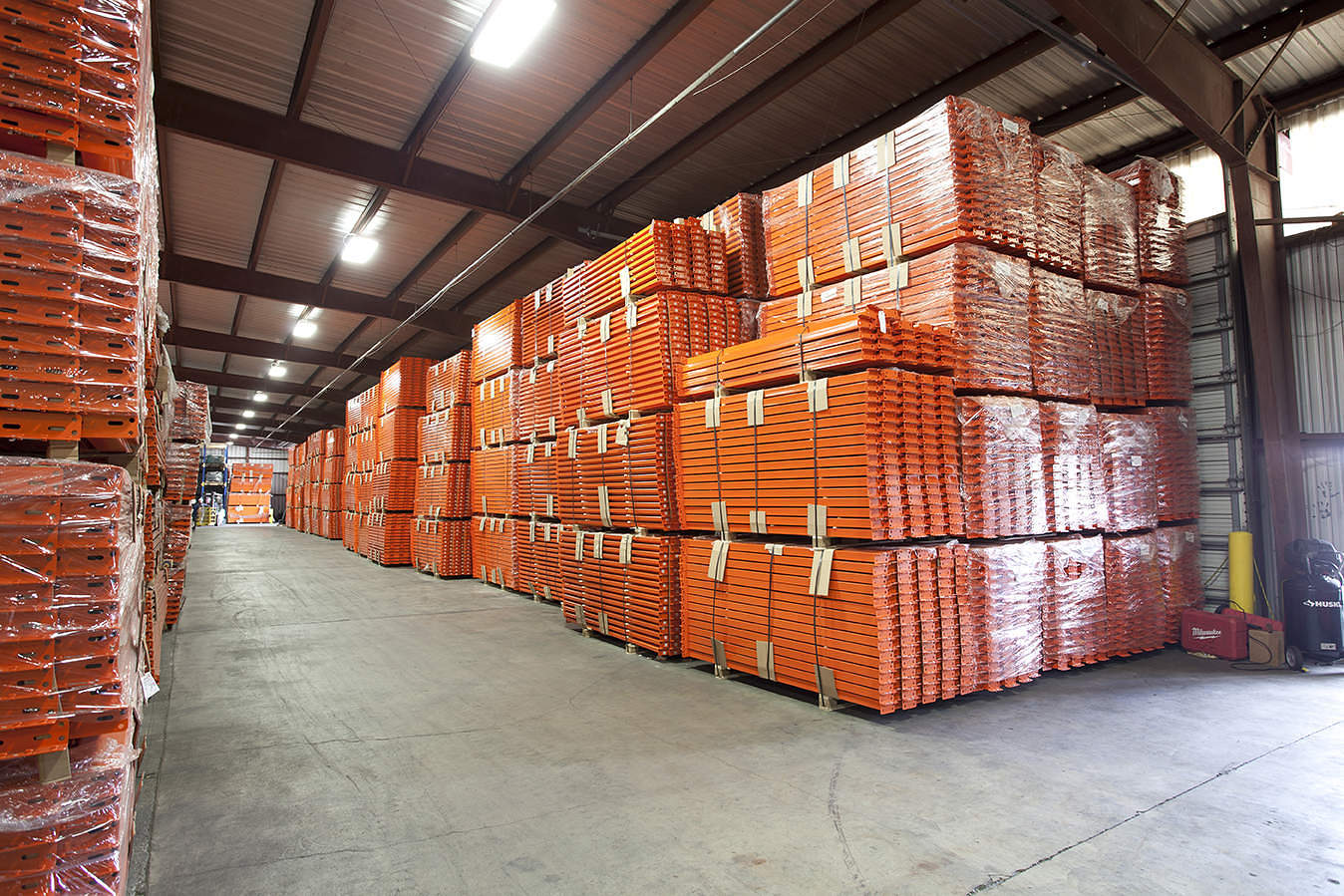If wishes were horses, then beggars would ride…to the nearest Wi-Fi connection and order it off Amazon.com.
Thanks to its robust network of more than 2 million third-party vendors, Amazon successfully delivered more than 1 billion items to more than 185 countries in 2015 alone.
Quickly providing every customer the exact item they want anywhere in the world is the goal; a goal that can only be accomplished through its massive fulfillment centers (FC).
A typical FC, like the one in Phoenix, expands more than 1.2 million square feet, a distance that could encompass 28 football fields.
As a warehouse manager, you may be operating a distribution center a fraction of this size. Still, the principles of this Fortune 500 Company uses to stay on top of its game are applicable no matter what square footage you have to work with.

Take note of these lessons gleaned from the world’s largest and busiest warehouses.
- Put as much effort into “inbounding” as you do shipping. When Amazon’s goods arrive, they have a team of people ready and waiting to unpack the boxes, scan each item and send it downstream along a conveyor. Once it reaches its corner of the warehouse, a second set of employees will unload and scan each one again so the system registers the exact cubby location, making it easy to find once an order has been placed.
- Size matters. When it comes to storage, bigger isn’t always better. Depending on the items you house, sometimes it’s easier to categorize a collection of smaller merchandise. At Amazon, the shelving units are the same size as those you might find in a public library and stacked high on one another. Each shelf is then split up into small units and given a barcode making it easy to identify its contents and exact location.
- Send information directly to your pickers. How you disseminate orders to your pickers can mean the difference between getting an order out on time and fielding a customer complaint. At Amazon, orders get sent from the website to handheld scanners. These “pick mods” identify the exact location of each stored item in the order. This allows the item to be sent down the conveyor system and into the shipping section.
- Keep up the pace. Amazon fulfillment centers are masters of efficiency. When you’re processing thousands of orders in a day, you have to be. One warehouse in Campbellsville, Kentucky, turns out 426 orders per second It all starts with an algorithm, which determines the appropriate size box for the order. Next, conveyors quickly move packages while workers skilled in the art of building and sealing boxes complete the process. Designated as “Pickers” “Packers” and “Problem solvers”, Amazon also ensures there are plenty of staff on hand to make sure speed never wavers and assist with correcting mistakes on the floor.
- Strike a healthy balance of technology systems and human hands. Robots are becoming more popular inside Amazon’s fulfillment centers. Still, the global operation is a careful balancing effort of artificial intelligence and human intelligence that keeps it performing at peak efficiency.
